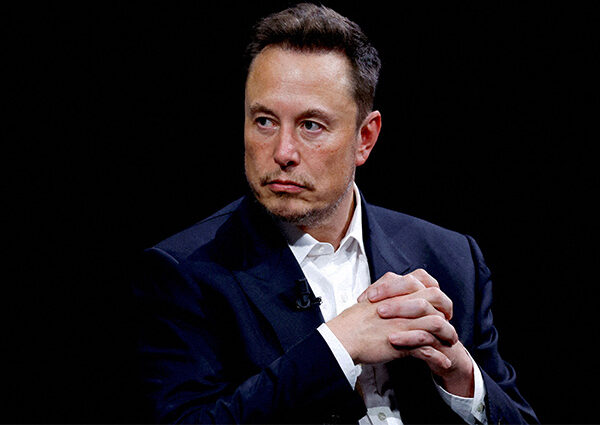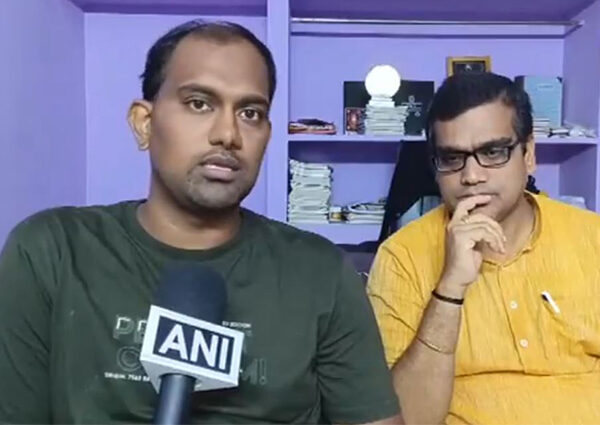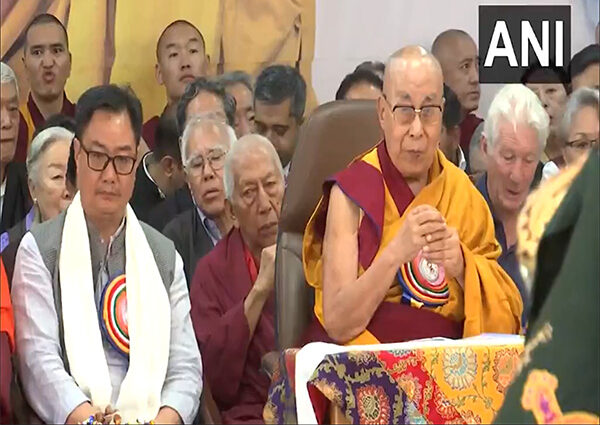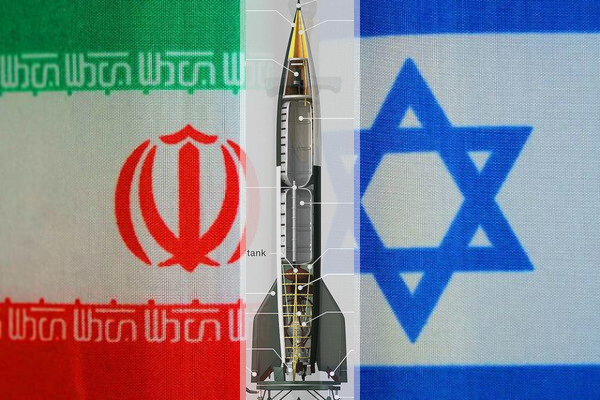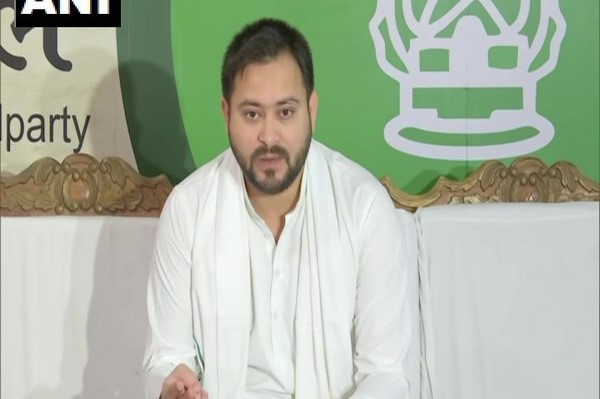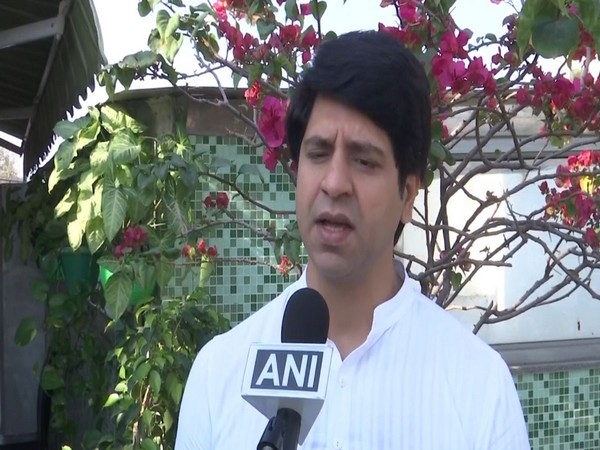Bollywood actor Ranveer Singh, known for his electric energy, fearless fashion, and versatile role choices, has turned 40 today.
Ranveer Singh is considered one of the bankable stars for producers in the Hindi film industry. Since his explosive debut in Band Baaja Baaraat (2010) under Yash Raj Films, Ranveer has consistently treated his fans with his impeccable performances across different movie genres.
From his soothing performance in ‘Lootera’ to displaying the underdog grit in ‘Gully Boy’, Ranveer has proved that no genre or character is beyond his reach.
The ‘Gully Boy’ actor just took over a decade to tick all the boxes and establish himself as an entertainment superstar and an admirer of grandiose fashion.
As the actor turns a year older today, let’s revisit some of the diverse character portrayals that Ranveer has brought to the viewers.
Band Baaja Baaraat (2010)
In 2010, the actor made his debut with ‘Band Baaja Baaraat’, marking the beginning of a new era when Bollywood was flooded with star kids and actors who were ruling the screens for decades.
In the movie helmed by Maneesh Sharma, Ranveer plays the role of Bittoo Sharma, a fun-loving youth who starts a wedding planning business with Shruti Kakkar (Anushka Sharma), an ambitious girl. Despite their promise not to mix business with love, the duo soon realises that they have fallen in love with each other, leading to complications in their professional and personal lives.
Ranveer’s performance was appreciated by the critics and his admirers.
Lootera (2013)
Ranveer’s debut was followed by Ladies vs Ricky Bahl, which was not well-received by his fans or critics. Instead of contemplating his past movie choices, the actor took a brave decision to distance himself from commercial cinema with Vikramaditya Motwane’s ‘Lootera’ in 2013. With this film, Ranveer showcased his range as an actor.
Adapted from a story by O. Henry, the film hinges on a punchline and delivers it through a well-crafted ending. In the movie, Ranveer plays the role of Varun Shrivastav, an archaeologist who travels to the village of Manikpur to study the land surrounding the temple, which is owned by the zamindar. Varun impresses the zamindar with his knowledge and charms his daughter Pakhi (Sonakshi Sinha).
However, Varun leads a mysterious second life, which ruins his relationship with Pakhi. Varun runs away only to be reunited with Pakhi years later under very different circumstances.
Goliyon Ki Raasleela Ram-Leela (2013)
In the same year as the release of his ‘Lootera’, the actor took a 180-degree turn to deliver one of his best performances since his debut, via Sanjay Leela Bhansali’s romantic drama film ‘Ram-Leela’, opposite Deepika Padukone, who was at the peak of her career at that time.
He played the role of Ram, who falls in love with Leela (Deepika), but the villagers oppose their union as they belong to communities that have been at odds for centuries. Due to constant politics and hatred among their communities, the lovebirds decide to kill themselves after they realised that they cannot live together in peace.
Ranveer’s performance and chemistry with Deepika Padukone in the movie were widely appreciated by the critics and his fans.
Padmaavat (2018)
With Sanjay Leela Bhansali’s ‘Padmaavat’, came the actor’s breakthrough performance, which definitely set new benchmarks. Some would argue that his Khilji act in the period drama goes down as one of the best performances in the history of Indian cinema.
The film, which also starred Shahid Kapoor and Deepika Padukone in the lead roles, was released in January 2018. In the movie, Ranveer brilliantly portrays Sultan Alauddin Khalji, who is obsessed with capturing the famed beauty Queen Padmavati (Deepika) of Mewar.
The only one standing in his way is her husband, Maharawal Ratan Singh (Shahid). Apart from ‘Padmaavat’, the actor has also collaborated with SLB on movies like ‘Goliyon ki Rasleela: Ram-Leela’ (2013) and ‘Bajirao Mastani’ (2015).
Both movies also starred Ranveer’s wife and actor Deepika Padukone.
Simmba (2018)
After portraying a powerful, dark character in SLB’s ‘Padmaavat’, Ranveer took up a completely different role with the action-comedy film ‘Simmba’, yet again proving his range as an actor. This time, the actor decided to try his hand at commercial films again, to reach the Indian masses. He joins Rohit Shetty’s cop universe with the movie ‘Simmba’.
The movie followed Sangram ‘Simmba’ Bhalerao (Ranveer), a corrupt police officer who works for Durva, a big drug smuggler. When Durva’s brothers rape and murder a girl close to Simmba, he decides to go on the path of righteousness to avenge her.
Gully Boy (2019)
Undoubtedly, one of Ranveer’s best movies is the 2019 Zoya Akhtar-directorial ‘Gully Bolly’, which also starred Alia Bhatt and Siddhant Chaturvedi.
Inspired by the story of two Mumbai-based rappers, Naezy and Divine, Gully Boy is one of the few Bollywood films that pays tribute to Indian rappers. ‘Gully Boy’ was a critical and commercial success. The movie was also appreciated at the Berlin Film Festival, where it had its world premiere.
In the movie, Ranveer plays Murad, a 22-year-old boy living in the slums of Dharavi, Mumbai. Murad’s parents want him to become well-educated and get a good job, but Murad has dreams of becoming a rapper.
When Murad meets MC Sher (Siddhant), he takes on the alias ‘Gully Boy’ and starts to realise his dream and fight to live it. The story beautifully showcases the inspiring journey of Ranveer’s character as he struggles to make it big as a rapper.
The star also raps his way into our hearts with his brilliant rapping skills perfectly showcased in songs like ‘Apna Time Aayega’, ‘Mere Gully Mein’ and ‘Asli Hip Hop’.
Rocky Aur Rani Kii Prem Kahaani (2023)
The latest addition to Ranveer Singh’s diverse filmography is Karan Johar directorial ‘Rocky Aur Rani Kii Prem Kahaani’ in 2023. Paired with Alia Bhatt, the actor plays the role of a man on a mission to reunite his grandfather (Dharmendra) with his lost love, who happens to be Alia Bhatt’s grandmother.
Ranveer played the role of Rocky Singh Randhawa, who was flamboyant in every sense. From his dance to flirting with Alia Bhatt in the film, the actor was eye candy for his fans in this movie. The film had a star-studded cast of Shabana Azmi, Jaya Bachchan and Dharmendra along with the lead pair.
These were just a few films that made us fall in love with Ranveer Singh, who has numerous awards under his belt and will surely gain quite a few more in his career.
The actor has also appeared in several other movies, including ‘Ladies vs. Ricky Bahl’, ‘Gunday’, ‘Dil Dhadakne Do’, and ‘Befikre’, among others. (ANI)
